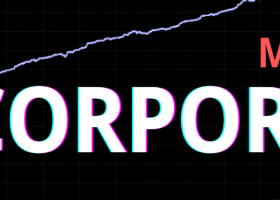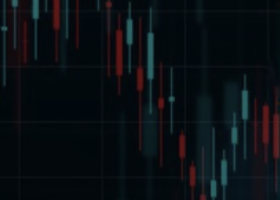
Stronger GDP to Have Positive Implications for USD/JPY - Deutsche Bank
Stronger GDP to Have Positive Implications for USD/JPY - Deutsche Bank
Taisuke Tanaka, Strategist at Deutsche Bank, suggests that the USD/JPY
likely to vacillate near the current level in the near term, though
expecting bias toward downward risk over the next few months.
Key Quotes
“Japan's 1Q GDP grew at 1.7% saar, beating the average market estimate
of +0.3%. The result works out to about +0.5% excluding a +1.2% lift
from the leap-year addition to the number of days. We expect the
stronger result to favorably affect stock prices and have some positive
implications for the USD/JPY.
However, we think concern about the stronger GDP result possibly
affecting decisions by Prime Minister Abe on fiscal action and
postponement of the consumption tax hike expected around early June
might have some negative impact on stock prices and the USD/JPY. In
fact, upward momentum did not emerge and downward reaction modestly
prevailed in Japanese stocks and the USD/JPY after the GDP announcement.
Yet we still expect fiscal action by Prime Minister Abe aimed at
solidifying an expansion direction for economic activity ahead of the
election in July.
The USD/JPY rebounded to the 109 level due to triggering some
speculative shorts built up through early May. We believe the market
still has a large volume of shorts and USD/JPY downward bias might not
immediately strengthen.
On the other hand, the USD/JPY fell below 110 and temporarily reached
the 105 level as Japanese export firms were in procedures to set new
internal standard rates for FY3/17. Export firms have a tendency to set
internal rates at slightly tougher levels than the actual market, and
some companies put the USD/JPY at about 105. However, others did not
have enough time to prepare for rapid yen appreciation and used 110.
We thus expect resistance at the 110 level from their hedge selling. We
forecast tense vacillation near the current level in the near term, but
look for continuation of a bias toward downward risk over the next few
months.”
![]()


